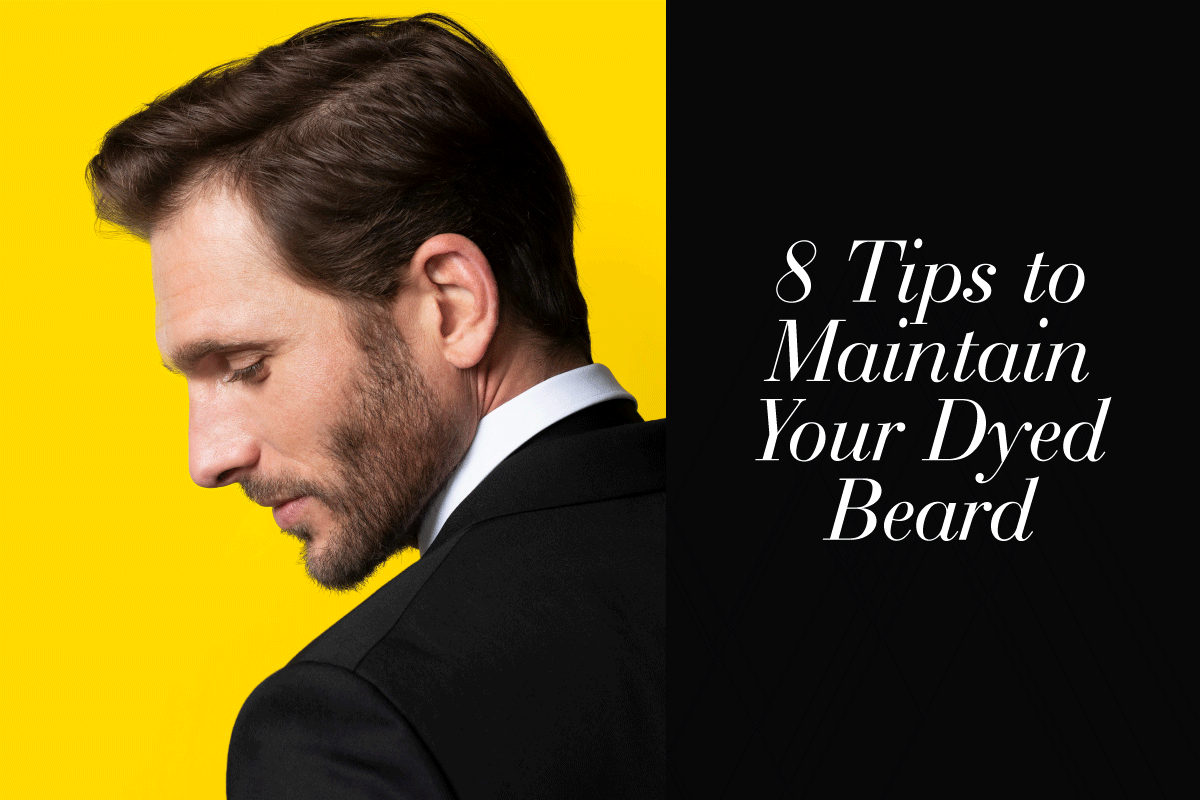Cultural Significance of Hair Color

Hair color has held deep cultural significance throughout history, serving as a symbol of identity, status, and even spiritual beliefs. From ancient civilizations to modern societies, the color of one's hair has often conveyed messages that transcend mere aesthetics. In this article, we'll explore the rich tapestry of hair color's cultural significance, examining how different societies and civilizations have viewed and utilized hair color over time. We'll also touch on contemporary practices, including the role of modern hair dye innovations like Cleverman in maintaining hair color today.
Ancient civilizations and hair color
In ancient Egypt, hair color played a crucial role in social status and religious symbolism. Egyptians often used henna to dye their hair a reddish-brown color, a practice that dates back thousands of years. This was not only a cosmetic choice but also a spiritual one, as red hair was associated with the goddess Isis and symbolized vitality and life. Pharaonic leaders and nobles adorned their hair with elaborate wigs and often dyed them to indicate their high status and divine favor.
You might be interested in Color Psychology and Men's Hair
Similarly, in ancient Greece and Rome, hair color held significant cultural meaning. The Greeks admired blonde hair, associating it with beauty and youth. Blonde hair was often linked to the gods and goddesses of mythology, such as Aphrodite and Apollo. In Rome, blonde hair became fashionable among the upper classes, and women went to great lengths to achieve this look, using saffron and other natural dyes. Conversely, darker hair was considered more common and associated with the lower classes.
Medieval and Renaissance hair color symbolism
During the medieval period, hair color continued to carry cultural weight, often linked to societal norms and religious beliefs. In Europe, blonde hair was seen as angelic and pure, while red hair was frequently associated with witchcraft and moral ambiguity. The infamous witch hunts of the era targeted individuals with red hair, reflecting the deep-seated superstitions and fears of the time.
The Renaissance brought a shift in the perception of hair color, particularly in Italy, where Titian-haired women were celebrated for their beauty. The term "Titian" refers to the vibrant red-gold hair seen in many of the paintings by the artist Titian. This period saw an increased use of hair dyes and bleaching techniques, with women using a variety of substances to achieve the coveted blonde or red hues that symbolized youth and vitality.
Hair color in Asian cultures
In many Asian cultures, hair color has also held significant meaning. In ancient China, black hair was considered a symbol of strength and vitality. The traditional Chinese belief system, which emphasized harmony and balance, regarded natural black hair as a reflection of one's inner health and well-being. Hair dyeing was relatively uncommon, as maintaining one's natural hair color was seen as a sign of respect for one's heritage and ancestors.
In Japan, during the Heian period (794-1185), noblewomen dyed their teeth black and their hair was often kept long and dark as a symbol of beauty and elegance. However, in modern times, Japan has seen a surge in hair dyeing practices, with many young people adopting a variety of colors to express individuality and fashion sense.
Modern perspectives on hair color
Today, hair color continues to be a powerful form of self-expression and cultural identity. The advent of modern hair dyes has made it possible for individuals to experiment with a wide range of colors, breaking away from traditional norms and embracing personal style. Companies like Cleverman have revolutionized the hair dye industry, offering customized solutions that cater to individual preferences and needs.
A high-quality men's hair dye kit like Cleverman can last up to a month or longer, providing a convenient and effective way to maintain one's desired hair color. Unlike the mass-produced dyes of the past, Cleverman uses higher-quality ingredients and offers personalized formulations, ensuring that the color blends seamlessly with one's natural hair and lasts longer.
Hair color as a symbol of identity and resistance
In addition to personal expression, hair color has often been used as a symbol of identity and resistance. For example, during the punk rock movement of the 1970s and 1980s, brightly colored hair became a form of rebellion against societal norms and a statement of non-conformity. Punk rockers used hair dye to challenge conventional ideas of beauty and to assert their individuality.
You might be interested in The Evolution of Men's Hairstyles
Similarly, in the LGBTQ+ community, hair color has been embraced as a means of expressing one's identity and celebrating diversity. Rainbow-colored hair, in particular, has become a symbol of pride and solidarity, reflecting the community's vibrant and inclusive spirit.
Cultural appropriation and hair color
While hair color can be a powerful tool for self-expression, it is important to be mindful of cultural appropriation. Certain hair colors and styles are deeply rooted in specific cultural traditions and may carry significant meaning within those contexts. Appropriating these styles without understanding their cultural significance can be seen as disrespectful and insensitive.
For instance, wearing dreadlocks or cornrows, which have cultural and historical significance in African and African-American communities, has sparked debates about cultural appropriation. It is crucial to approach hair color and style choices with cultural awareness and respect for their origins and meanings.
As we continue to explore and experiment with hair color in the modern era, it is important to recognize and honor the rich cultural heritage that informs these practices. Companies like Cleverman are at the forefront of this evolution, offering innovative and personalized hair dye solutions that respect and celebrate individual diversity while providing high-quality, long-lasting results.
By understanding the historical perspectives and cultural significance of hair color, we can appreciate its enduring power as a form of expression and identity. Whether maintaining a natural hue or experimenting with bold new colors, our choices in hair color reflect not only personal preferences but also a connection to the broader tapestry of human culture and history.



